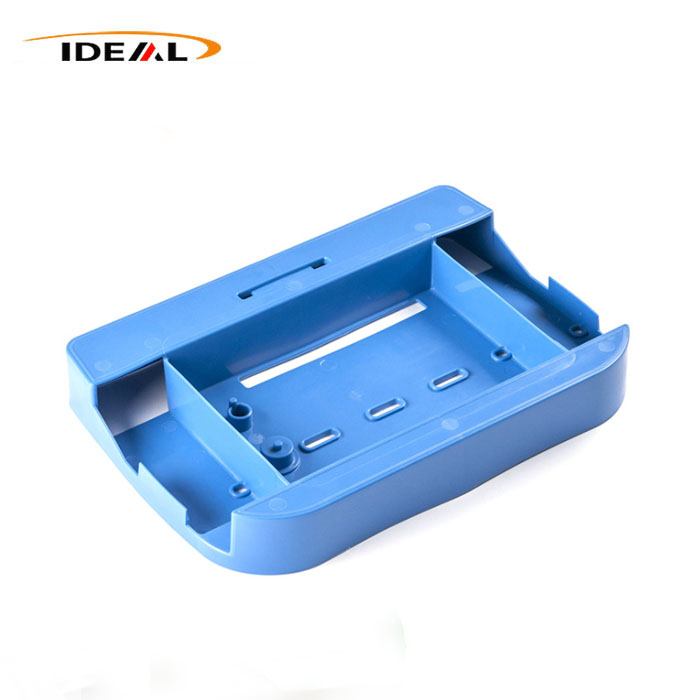Key features and considerations related to plastic CNC machined parts
2023-10-16
Plastic CNC machined parts are components made from plastic materials that have been manufactured using Computer Numerical Control (CNC) machining processes. CNC machining is a subtractive manufacturing method that utilizes computer-controlled machines to remove material from a plastic workpiece and create precise and complex shapes. Here are some key features and considerations related to plastic CNC machined parts:
1. Material Selection: There is a wide range of plastic materials available for CNC machining, including commonly used plastics such as ABS (Acrylonitrile Butadiene Styrene), PVC (Polyvinyl Chloride), PEEK (Polyether Ether Ketone), nylon, polycarbonate, and more. The choice of material depends on the specific requirements of the application, including mechanical properties, chemical resistance, temperature resistance, and desired aesthetics.
2. Precision and Accuracy: CNC machining provides high precision and accuracy, allowing for tight tolerances and intricate designs. Computer-controlled machines precisely follow the programmed instructions to create parts with consistent dimensions and complex geometries.
3. Design Freedom: CNC machining offers design freedom as it can accommodate various shapes and features. It can produce parts with intricate details, cavities, undercuts, and complex geometries that may be challenging to achieve with other manufacturing methods.
4. Prototyping and Production: Plastic CNC machining is suitable for both prototyping and production. It is a cost-effective option for producing small to medium-sized quantities of plastic parts. CNC machines can efficiently replicate the same design repeatedly, ensuring consistent quality across multiple parts.
5. Surface Finish: The surface finish of plastic CNC machined parts can be tailored to specific requirements. Depending on the machining process and the chosen material, the surface finish can range from a smooth, polished surface to a textured or matte finish.
6. Secondary Operations: CNC machining allows for various secondary operations to be performed on the parts, such as drilling, tapping, threading, chamfering, and engraving. These operations can be incorporated into the machining process to achieve the desired functionality and features of the final part.
7. Cost and Lead Time: The cost and lead time for plastic CNC machined parts can vary depending on factors such as the complexity of the design, the chosen material, the required quantity, and the machining process. Generally, CNC machining offers a cost-effective and relatively quick production method compared to other manufacturing techniques for plastic parts.
Plastic CNC machined parts find applications in various industries, including automotive, aerospace, electronics, medical devices, consumer products, and more. They are used for functional prototypes, end-use parts, custom components, and production runs where precision, complexity, and material properties are crucial.



